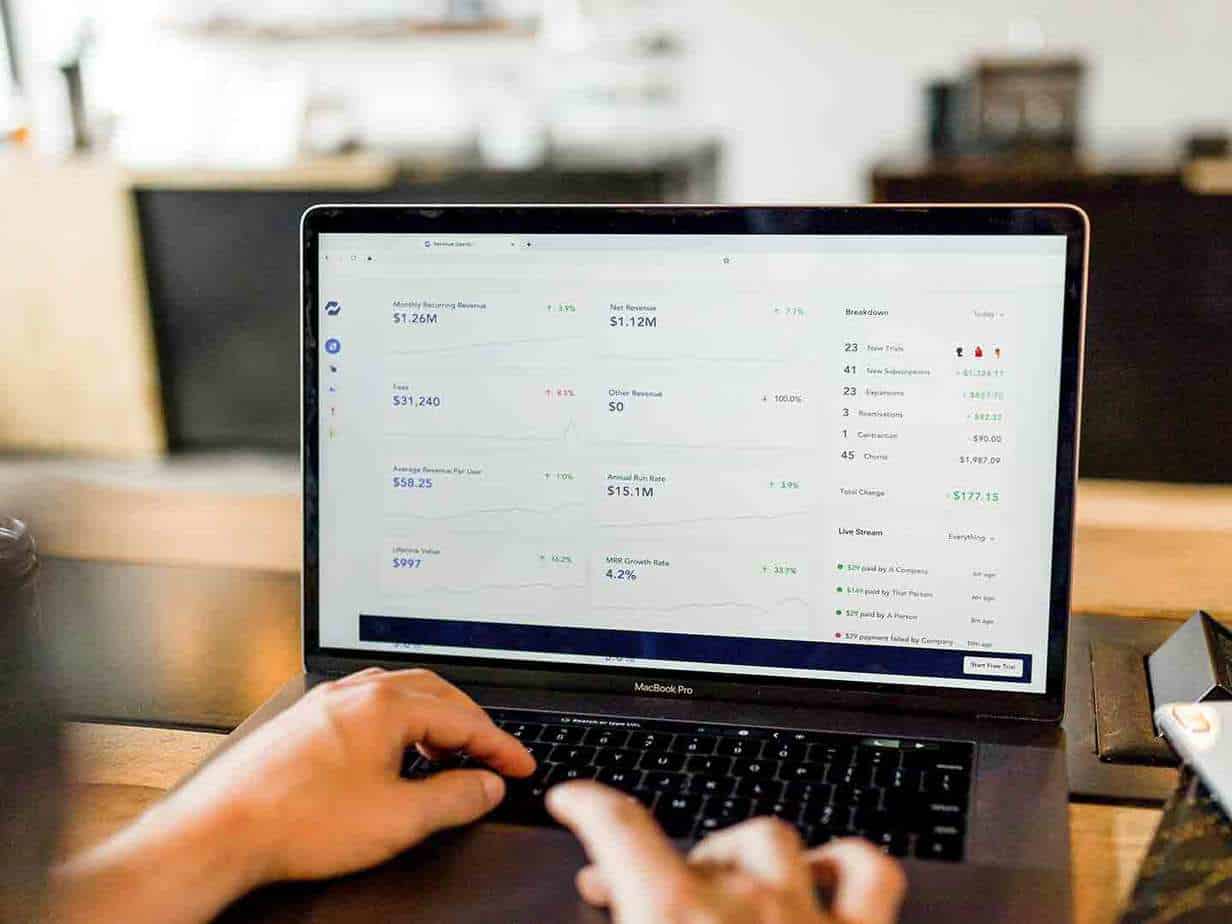
Is share of search the new power metric? And how does it compare to share of voice? Most importantly, should you clients be tracking their share of search?
Back in the day, it was easy to track share of voice and correlate that metric to your clients’ share of the market. Analysts could look at traditional media such as print and TV and determine which brands were buying more media space. The accuracy of the measurement was fairly high because there was a finite amount of available media space.
Now, share of voice analysts have new data sources to monitor. If consumers are talking more about a competitor on social media, those conversations count as share of voice. And because there are no limits to the social media space, brands can increase advertising and outreach to increase conversations about what they are offering.
To get a true measure of share of voice, Anna Bredava encourages marketers to expand their measurement universe to incorporate brand mentions in formats such as social media, PPC and online media. Tools exist that allow marketers to measure share of voice. Some tools listen to the online marketplace. Other tools, like Google’s Impression Share, tell marketers how their competitive metrics score against businesses in the same space.
The Challenge Posed by Using Share of Voice
Can your clients get a better read on their position in the marketplace? Yes, say some analysts. For one thing, “…share of voice only works if you can reliably audit how much advertising exists in a particular category.” Because the space in the digital marketplace keeps expanding, reliable measurement is a challenge. Another drawback is that social media conversations aren’t always a good indicator of purchase intent.
The Opportunity: Share of Search
Enter a new metric: share of search. Analysts have long studied what people search for online and what they ultimately buy. Research from Les Ninet indicates that for ‘considered’ categories versus ‘impulse-buy’ categories, search activity can be predictive. Consumers may spend quite a bit of time searching online as they consider purchasing a new car. On the other hand, they may not spend much time checking out alternatives when they want to buy dish towels.
Let’s say consumer search activity for a brand amounts to, for example, 8% of the share of search in a category such as new cars, and that search activity is 2% higher now than in the previous quarter. This kind of pattern allows analysts to make predictions. In this example, marketers can expect see a correlating 2% increase in the share of market up to three months out.
Take this example a step further and consider that the brand may have launched an ad campaign to drive more online research. Is there an optimal balance to the kind of advertising a brand should invest in to maximize the return on their investment? The research indicates brands can optimize spending by allocating 60% to brand building and 40% to limited-time promotions.
Do your clients know where their potential customers are searching online? You can share that information with them by digging into the details of the Digital Audit. The tool is available from AdMall by SalesFuel.
